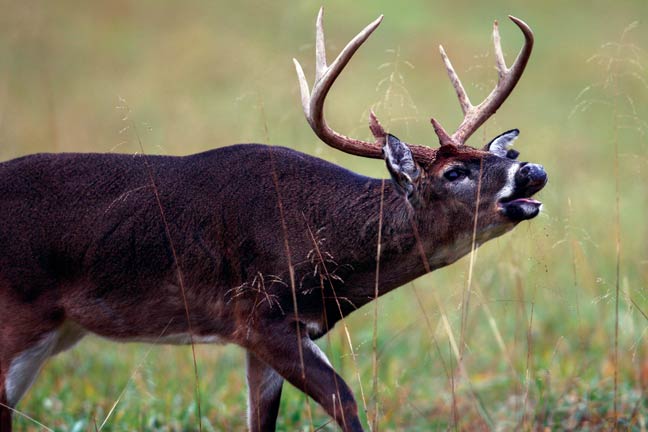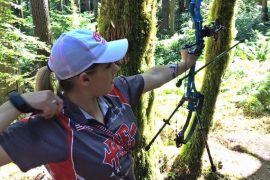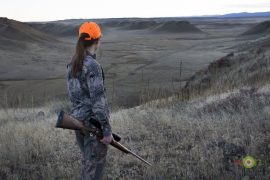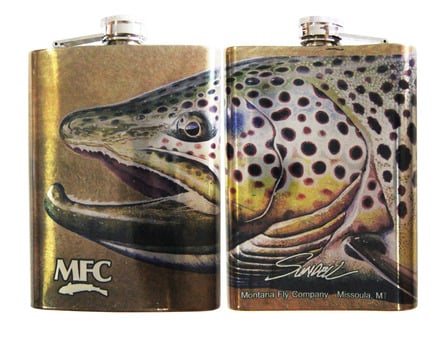Last fall’s rut was one of the most frustrating of any in the 56 years I’ve hunted. Before the season I knew great challenges were coming, but they still exceeded my expectations.
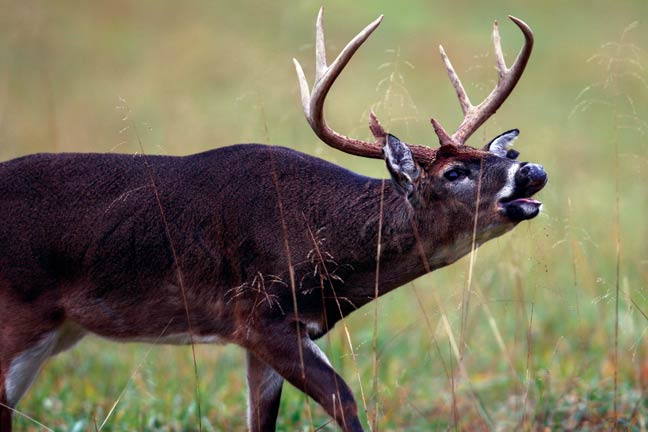
The season started out great. Accompanying North American Whitetail Editor in Chief Gordon Whittington to Wyoming’s Solitude Ranch & Outfitters, I’d used my TenPoint crossbow to take a monster buck in September. But then things generally headed south.
Mid-November found me and a cameraman returning to Dawson Springs, Kentucky, to rifle hunt with my friend Larry Porter of Ken-Tenn Hunting. Larry does a superior job of not only managing his properties but also maintaining the quality of bucks that live on them. I’d taken some good deer with him and was eager to get another one in 2016.
As the hunt unfolded, I shared with Facebook friends and followers what I was seeing, the strategies I was using and why I was using them. On North American Whitetail TV presented by Quick Attach, my normal goal is to harvest a mature buck, and I’d never strayed from that. But last fall I decided to set the bar even higher: a true trophy buck, all or nothing!
I couldn’t have picked a worse year to make that declaration. None of the big deer known to be in that spot in Kentucky moved in daylight that week. But finally, after two days of scouting and eight of hunting, things began to move in my favor.
On the last evening of my hunt, an old patriarch finally walked into a Buck Forage oat plot with a few minutes of light left. At long last, I had a chance. Unfortunately, although very old, the buck lacked a big rack. He wasn’t the deer I was after. And so, as light was fading, I chose not to shoot. I was the one who’d set the goal, and I’d have to be the one to live by it. (Interestingly, not a single person sharing the experience with me on Facebook told me I’d made the wrong call.)
In December I did take another monster on a friend’s low-fenced South Texas ranch, and I followed that with a close call on a legitimate Boone & Crockett buck at Bar J Ranch. On the latter hunt I was using a Smith & Wesson Performance Center .44 Magnum handgun, and the deer appeared at 15 yards. However, we’d just run out of camera light. I had no choice but to pass.
Don’t get me wrong — I’m thrilled with the deer I shot last season. But overall, it wasn’t a good year for antler growth, and even during the rut daytime buck movement seemed lower than usual. Why?
SETTING THE STAGE FOR TROUBLE
I’ve spent most of my adult life living with and studying whitetails. Using high technology, good observation skills and a lot of boot leather, I’ve learned a great deal about what makes them tick. This especially is true of bucks. Although there’s always more to learn, we’ve managed to dig out many of the factors that make whitetails do what they do.
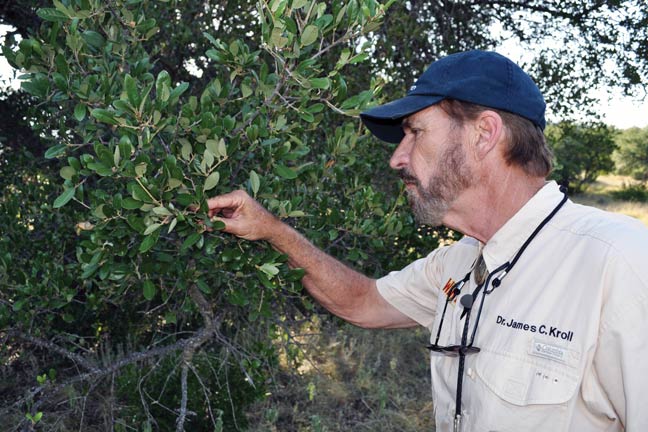
The species’ behavior is mediated by two primary senses: smell and sight. A whitetail’s nose is far more acute than its eyesight. However, the eyes play a critical role in regulating behavior. Light is what signals a special part of the brain that regulates hormonal activity. Light also influences when and where deer travel. They tend to stick to the shadows and darker portions of their habitat. And being mostly nocturnal, the whitetail is heavily influenced by moonlight.
The moon plays a critical role in the timing of behavior and physiology, but not in the way many people think. Deer aren’t fish. Solunar tables and such might work well for predicting when fish will bite, but in my research, I’ve never seen that deer respond to tides or gravitational pull. These forces are meaningless to them. Every scientific study we’ve conducted at the Institute for White-tailed Deer Management & Research has failed to support any predictability between moon position and deer activity.
However, the phase of the moon can have a profound effect on when the animals move and breed….

